The secondary air system (SLS / secondary air system) is a component of many vehicles, especially older models. Its main function is to improve exhaust gas cleaning by introducing fresh air into the exhaust stream. This helps burn unburned hydrocarbons and carbon monoxide in the exhaust, reducing pollutant emissions. Despite the eco-friendly feature, some choose to disable or remove the secondary air system. The main reason for this is often to avoid maintenance and repair costs. Because the secondary air system can be susceptible to wear and damage over time, the cost of repairing or replacing components can be significant. Common messages like "Flow faulty' are then the rule. Furthermore, in some cases, removing the system can also result in a slight increase in performance as less "parasitic" energy is required from the motor to run the system.
Deactivate / shut down the secondary air system
One way of deactivating / shutting down the secondary air system for catalytic converter preheating is to use a so-called "KILL kit". This kit usually contains all the necessary components and instructions to disable the system. Essentially, it blocks the flow of fresh air to the exhaust stream, effectively rendering the system inoperative. However, it is important to note that removing or disabling the secondary air system is usually illegal. This is because it leads to an increase in pollutant emissions, which is against environmental protection laws. It will also result in the vehicle failing the technical inspection (HU).
Example 1.8T engine with plug-and-play kit:
There are suppliers of plug and play kits intended for all 1.8T and other Audi and VW engines. They allow the removal of the secondary pump (kill kit). Such a kit contains a resistor for the secondary pump, two adapter plugs for the control valves and a cover plate for the cylinder head, usually complete with O-ring and VA screws. The kit allows the entire secondary unit of the 1.8T to be removed. And if it is installed correctly, the engine control unit will not display any error codes after installation! However, depending on the vehicle, it may be necessary to also deactivate the secondary air pump in the ECU.
Instructions for deactivating / shutting down the secondary air system:
- Begin by removing the secondary air pump.
- Solder the included resistor into the wire harness that goes to the secondary pump. The resistor serves as a replacement for the secondary pump and prevents the engine control unit from reporting errors.
- Completely remove the EGR valve on the cylinder head.
- Use the aluminum blanking plate included in the kit to plug the open port on the cylinder head.
- Connect the hose from the diverter valve (aka SUV or blow-off) directly to the intake manifold.
- Two solenoid valves now remain without function. Simply replace these with the two adapter plugs included in the kit.
- Depending on the engine code, the valves are located either under the intake manifold or on the valve cover. They're easy to find if you follow this guide.
- Please note that the changes are subject to registration.
this is how the secondary air pump from the engine works
The secondary air pump, also known as the secondary air system, performs several important functions in the engine, mainly to improve exhaust gas cleaning. The main functions are explained here in bullet points:
- cold start phase: The secondary air pump starts up during the cold start phase of the engine when the exhaust gas temperatures are low and the catalytic converter has not yet achieved its full effect.
- supply of oxygen: The pump supplies fresh air to the exhaust flow. This air is blown into the exhaust line to remove unburned fuel residue (mainly carbon monoxide and hydrocarbons) to be burned afterwards.
- Increase in exhaust gas temperature: This post-combustion increases the exhaust gas temperature, which means that the catalytic converter reaches its operating temperature more quickly and can therefore develop its full cleaning effect.
- Reduction of pollutants: The post-combustion of the pollutants reduces the emission of carbon monoxide (CO) and hydrocarbons (HC), two pollutants that contribute to air pollution.
- meet emission standards: The secondary air system helps vehicles meet stringent emissions standards by reducing the amount of harmful emissions released into the atmosphere.
In summary, the secondary air system is an important part of exhaust aftertreatment and helps to reduce the environmental impact of vehicle emissions.
The following note is essential: For safety reasons, tuningblog recommends all repair, inspection and maintenance work exclusively to be carried out in a specialist workshop! Although our information is summarized to the best of our knowledge and belief, we cannot assume any liability for the content. All information is therefore "without guarantee".
Of course, that wasn't the end of it!
In this tuningblog category there are guides and instructions for common defects/repairs on the vehicle and for installing accessories/tuning parts. Our articles explain in a simple way common defects and the corresponding repairs and they also explain how the first signs of a defect become noticeable. In most cases, we also have initial clues to the repair instructions in our repair instructions approximate costs listed.
The goal of ourAuto Repair Guide“ is to create a head start in knowledge for the next visit to the workshop with initial tips. This may save you from tedious troubleshooting and you may even be able to do small things yourself. The same applies, of course, to the installation of accessories/tuning parts. Here, too, we would like to help with the implementation with instructions and tips. There are many other posts on this as well. Below is an excerpt of the last and HERE there are all previous instructions.
other related posts
|
Maintaining/cleaning Alcantara in the vehicle – steering wheel, seats & Co.! |
|
|
Painting the tailpipes when installed and removed - Here's how! |
 tuningblog.eu Your magazine about tuning the car
tuningblog.eu Your magazine about tuning the car
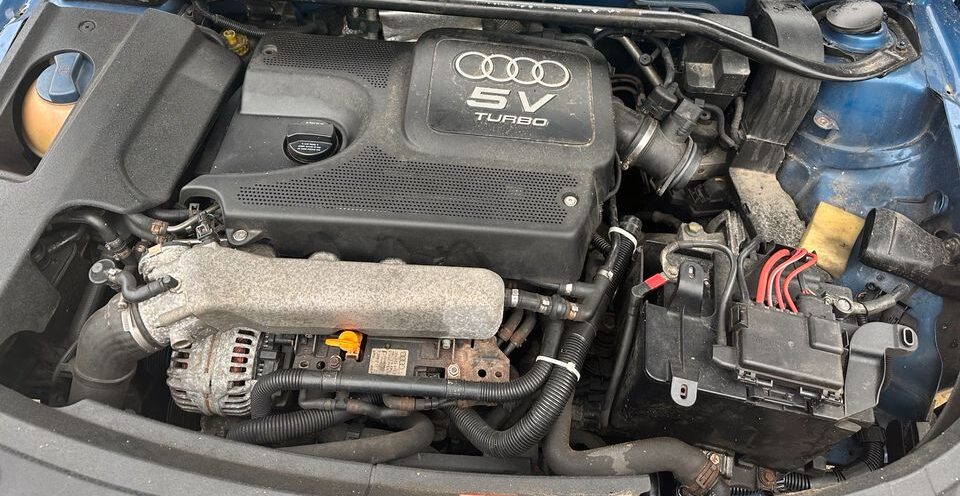
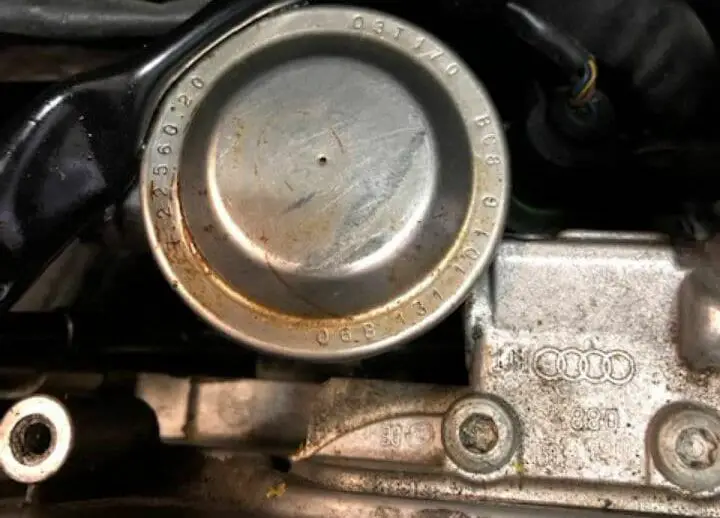
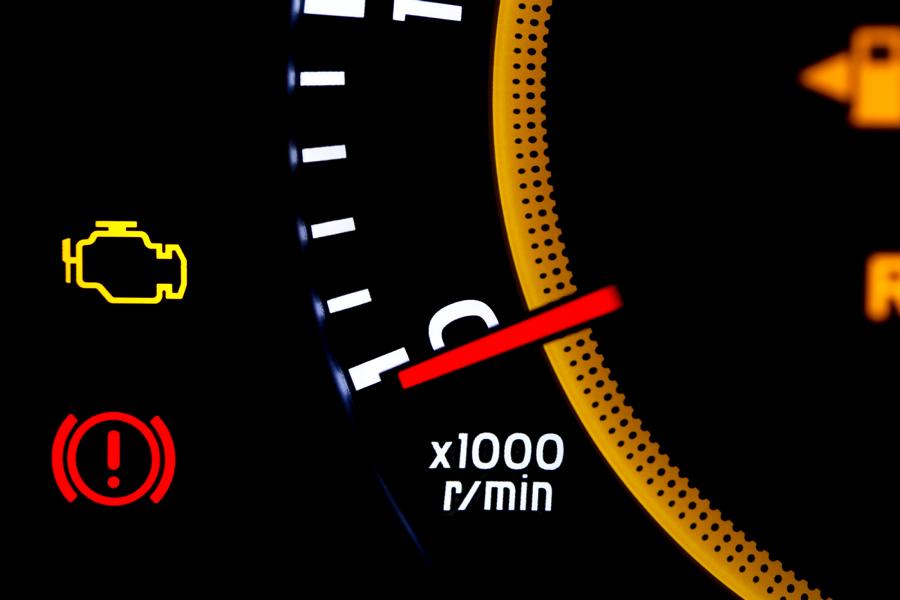
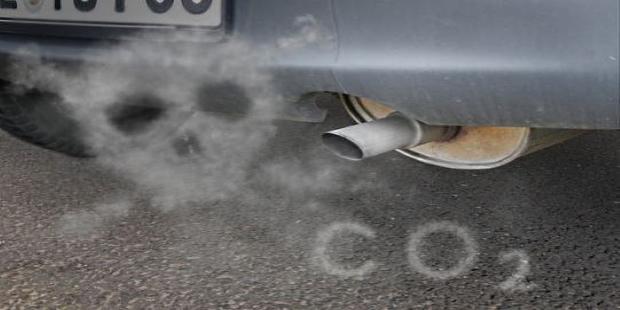
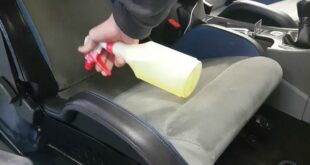
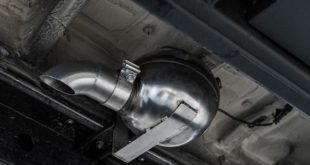
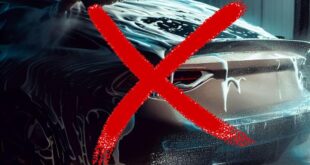
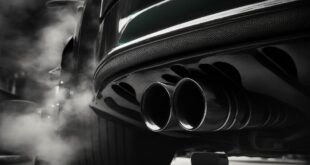
Echec au CT de la voiture si on supprime la N112 pompe a air secondaire ???? j'avoue que comprends pas … il ya plein de voiture et tuto pour supprimer this pompe qui encrasse prématurément des canalisations et des fournisseur qui venden le Kit pour la supprimer et si c'était un échec au CT sa ce serait ??? qu'en pensez vous… svp?